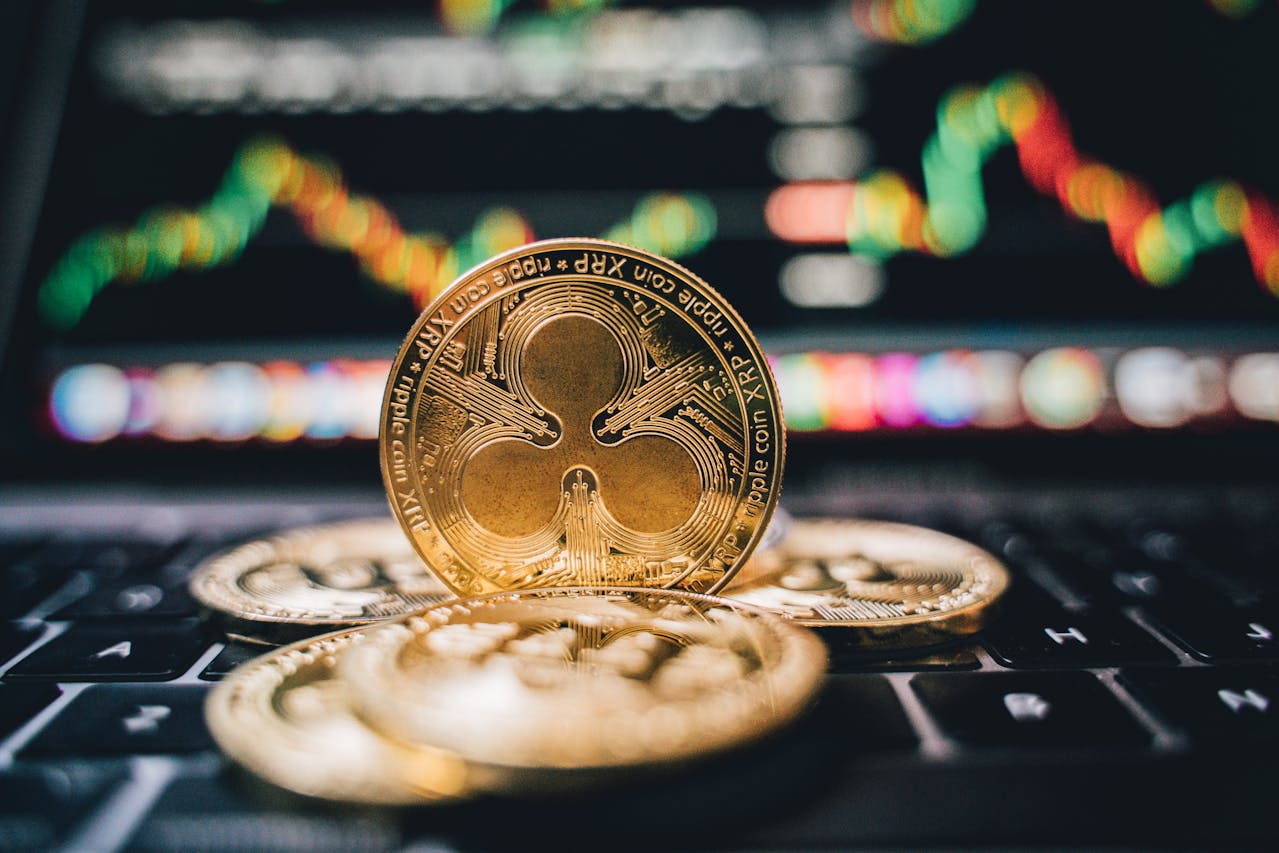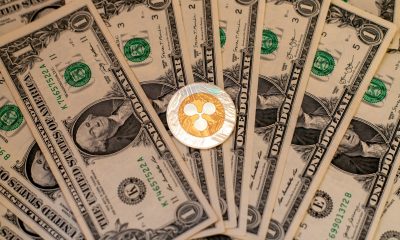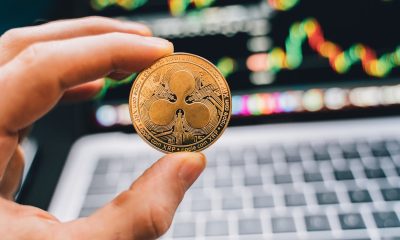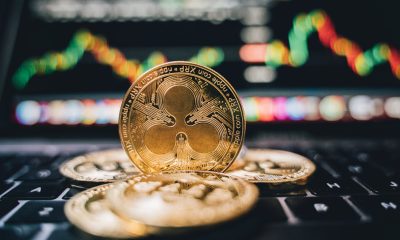Crypto
Ripple Struggles to Gain Traction with RLUSD Stablecoin Despite Bold Ambitions
Six months after launching RLUSD, Ripple’s stablecoin remains a minor player with just $310 million in market cap. Despite ambitions to rival top stablecoins, demand is limited. Ripple is now promoting use cases like DeFi, compliance, and cross-border transfers, banking on prime broker Hidden Road to drive institutional adoption. Success remains uncertain.

In mid-December, Ripple launched its stablecoin RLUSD. Six months later, the crypto company is promoting use cases for RLUSD. The Ripple stablecoin is still only a niche financial topic.
With a market capitalization of approximately $310 million, the Ripple stablecoin RLUSD continues to be among the “also-rans” in its category. When the launch button for RLUSD was pressed six months ago, it was a major event.
Ripple thus created its own stablecoin, pegged 1:1 to the US dollar, alongside its original cryptocurrency, XRP (market capitalization of just under $150 billion). RLUSD was intended to compete with established stablecoins like Tether (USDT) and USDC, and Ripple’s contacts in the financial industry should help with this. But so far, there has been little monetary interest in RLUSD, so Ripple is once again promoting its use cases in a blog post.
Prime broker Hidden Road is expected to bring breakthrough for RLUSD
Ripple primarily cites RLUSD as a means of building a bridge between digital assets and traditional markets. Ripple expects the acquisition of prime broker Hidden Road to have a corresponding impact. Given the $3 trillion that Hidden Road generates annually for its clients, there’s significant potential for RLUSD, but it’s still untapped.
Hidden Road is also intended to encourage institutional clients to embrace decentralized finance (DeFi). However, DeFi in the XRP ecosystem is still in its infancy, with approximately $70 million in TVL . RLUSD could leverage its strengths in this area in the future, having already considered regulatory requirements during its development phase. Ripple emphasizes that RLUSD meets compliance requirements for financial institutions – but reference customers are currently lacking.
Ripple highlights international money transfers as a third potential use for RLUSD. XRP was launched with this idea in 2013, but its use as a bridge currency never took off on a large scale. However, the near-real-time processing of cross-border transfers and low fees are strong arguments for blockchain solutions as an alternative to the slow and expensive SWIFT system. Unlike XRP, RLUSD doesn’t involve price fluctuations, but demand for the stablecoin as a bridge currency is weak.
Conclusion: Ripple CEO sets high goals for RLUSD
In March, Ripple CEO Brad Garlinghouse announced on Bloomberg TV that RLUSD’s goal is to become one of the top five stablecoins by the end of the year. To achieve this, the market capitalization would have to grow from the current $310 million to approximately $5 billion. Ripple has reserves to generate large amounts of RLUSD if necessary.
However, there is clearly a lack of demand so far, and this goal could prove overly ambitious. PayPal, for example, launched its stablecoin PYUSD in August 2023 and has yet to reach a market capitalization of around $900 million. If Ripple thought the crypto industry and the financial sector had been waiting for RLUSD, it was a mistake. The potential is undoubtedly there, but Ripple will still have to do a lot of convincing for RLUSD to become a success.
__
(Featured image by Alesia Kozik via Pexels)
DISCLAIMER: This article was written by a third party contributor and does not reflect the opinion of Born2Invest, its management, staff or its associates. Please review our disclaimer for more information.
This article may include forward-looking statements. These forward-looking statements generally are identified by the words “believe,” “project,” “estimate,” “become,” “plan,” “will,” and similar expressions. These forward-looking statements involve known and unknown risks as well as uncertainties, including those discussed in the following cautionary statements and elsewhere in this article and on this site. Although the Company may believe that its expectations are based on reasonable assumptions, the actual results that the Company may achieve may differ materially from any forward-looking statements, which reflect the opinions of the management of the Company only as of the date hereof. Additionally, please make sure to read these important disclosures.
First published in BLOCK-BUILDERS.DE. A third-party contributor translated and adapted the article from the original. In case of discrepancy, the original will prevail.
Although we made reasonable efforts to provide accurate translations, some parts may be incorrect. Born2Invest assumes no responsibility for errors, omissions or ambiguities in the translations provided on this website. Any person or entity relying on translated content does so at their own risk. Born2Invest is not responsible for losses caused by such reliance on the accuracy or reliability of translated information. If you wish to report an error or inaccuracy in the translation, we encourage you to contact us

-

 Markets5 days ago
Markets5 days agoRice Market Update: Prices Dip Amid Weak Exports and Global Pressure
-

 Crowdfunding2 weeks ago
Crowdfunding2 weeks agoAI Venture Builder Closes Major £2.5M Round, Strengthening Its Role in Europe’s AI Ecosystem
-

 Impact Investing3 days ago
Impact Investing3 days agoEU Expands Leadership in Sustainable Finance with Record Green Bond Impact
-

 Fintech1 week ago
Fintech1 week agoSwiat Secures BaFin Approval and Accelerates Europe’s Digital Securities Infrastructure
























